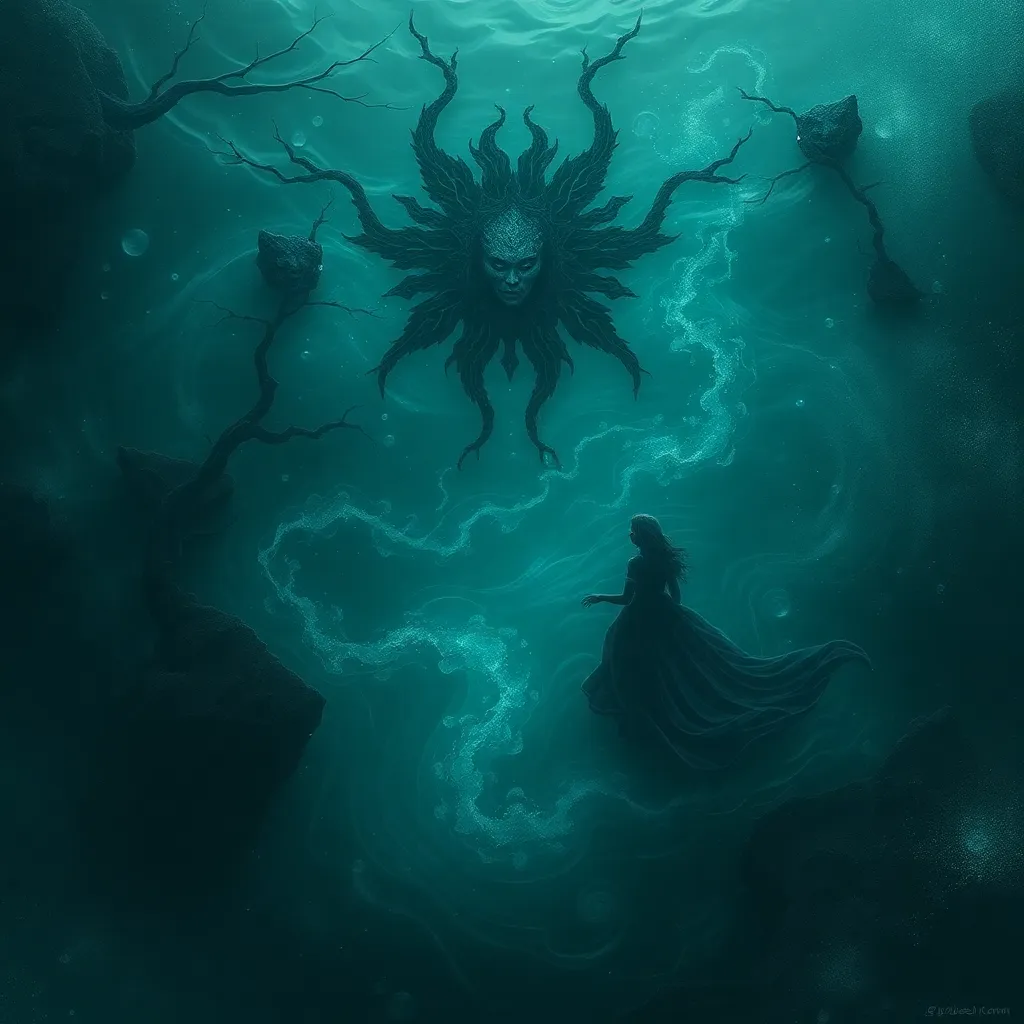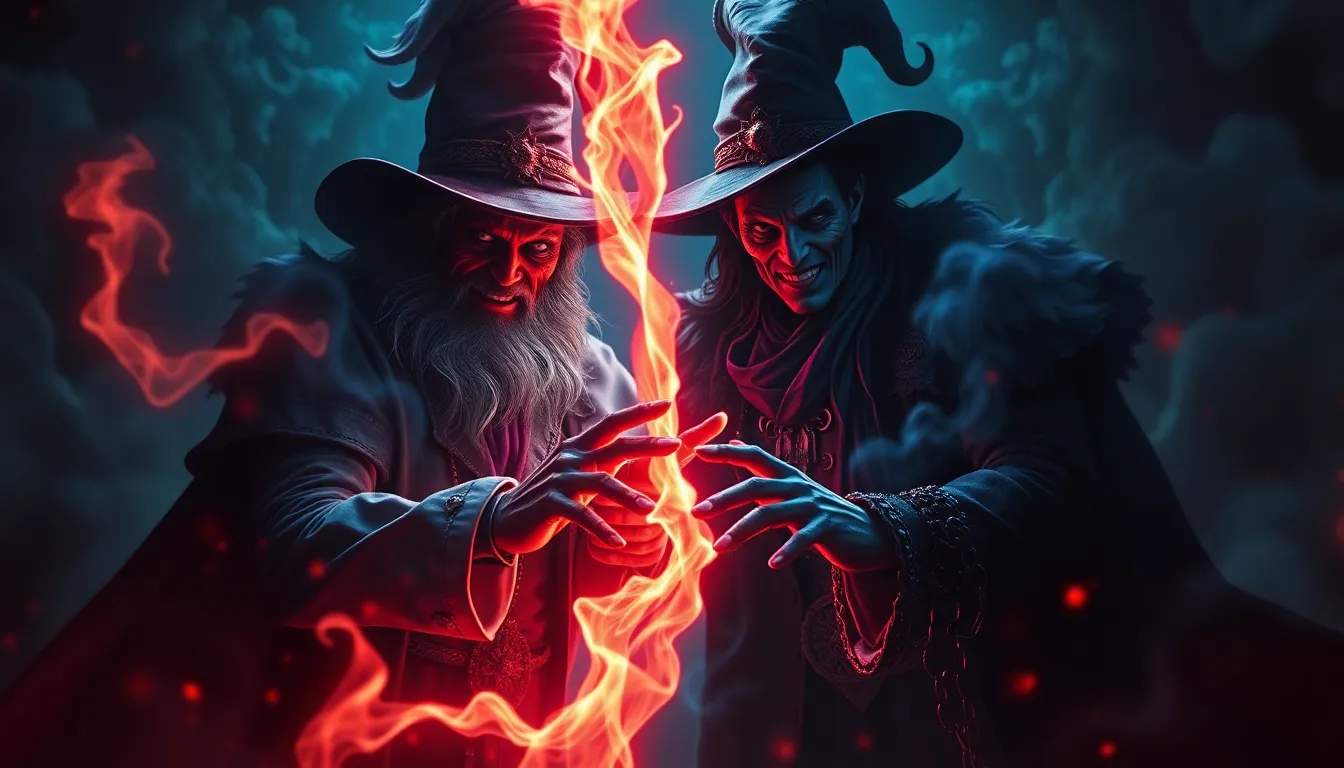Indonesian Mythology: An Exploration of Good vs Evil
The Indonesian archipelago, with its diverse cultures and traditions, boasts a rich tapestry of mythology. From the towering mountains of Sumatra to the lush islands of Bali, each region harbors unique tales passed down through generations. These myths offer a glimpse into the Indonesian worldview, where the natural world is imbued with spirits, deities, and mythical creatures. While these stories vary in their details, they often reflect a central theme: the eternal struggle between good and evil.
The Rich Tapestry of Indonesian Mythology
Indonesian mythology is a vibrant mosaic, drawing from a confluence of influences. Indigenous beliefs, deeply rooted in nature worship and animism, form the bedrock of many myths. The arrival of Hinduism and Buddhism introduced sophisticated pantheons of gods and goddesses, shaping the spiritual landscape of Java and Bali. Later, the spread of Islam brought new perspectives on the divine, further enriching the mythological landscape.
In the myths of Kalimantan, for instance, the indigenous Dayak people believe in spirits inhabiting everything from rivers and mountains to trees and animals. These spirits, known as "antu," can be benevolent or malevolent, depending on their nature and how they are treated.
On the island of Bali, Hindu mythology plays a significant role. The Balinese believe in a complex pantheon of deities, including Brahma, Vishnu, and Shiva, representing the creative, preserving, and destructive forces of the universe. The myths of Bali often feature gods and goddesses engaged in epic battles against demons and evil forces, demonstrating the importance of maintaining cosmic balance.
The Eternal Struggle: Good vs. Evil in Indonesian Mythology
The theme of good versus evil runs like a thread through Indonesian mythology. Stories often depict a cosmic battle between forces of light and darkness, righteousness and wickedness. These narratives explore the consequences of actions, the importance of ethical conduct, and the inherent duality present in the human condition.
In many myths, the conflict is personified through characters representing good and evil. Benevolent deities often embody justice, compassion, and the preservation of order. These figures protect humanity from malevolent spirits, demons, and other forces of chaos. On the other hand, mythical creatures like the "buto ijo," a malevolent green ogre, embody chaos, destruction, and the temptation to stray from the path of righteousness.
Batara Guru and the Guardians of Righteousness
In Javanese mythology, influenced by Hinduism, Batara Guru reigns supreme as the supreme deity. He is depicted as the embodiment of cosmic order, justice, and power. Batara Guru, often depicted with a crown and a fierce expression, is responsible for maintaining balance in the universe, ensuring that good prevails over evil.
Other benevolent deities such as Batara Wisnu, the preserver, and Batara Brahma, the creator, play important roles in maintaining harmony. These deities, with their distinct attributes and powers, represent the forces of righteousness and the guardians of humankind.
The Shadowy Realm of the Buto Ijo
In contrast to the benevolent deities, the Indonesian mythological landscape is also inhabited by shadowy figures representing evil and chaos. The "buto ijo," a fearsome green ogre-like creature, is a potent symbol of malevolence. Often depicted as a monstrous figure with glowing eyes and sharp teeth, the buto ijo is associated with cruelty, deception, and the temptation to stray from the righteous path.
The buto ijo, along with other malevolent spirits like "kuntilanak" (female ghosts) and "pocong" (shrouded corpses), often haunt stories, representing the darkness that lurks beneath the surface of the world. These creatures serve as potent reminders of the ever-present dangers and temptations that can lead individuals astray.
The Cycle of Karma and the Consequences of Actions
The concept of karma plays a significant role in Indonesian mythology, shaping the struggle between good and evil. Karma, meaning "action" or "deed," is the belief that every action has a consequence, whether in this life or the next. This idea emphasizes the importance of ethical conduct and the interconnectedness of all beings.
In Indonesian myths, individuals are held accountable for their actions. Good deeds, such as helping others, acting with compassion, and upholding righteousness are rewarded. Conversely, evil deeds, such as selfishness, deceit, and cruelty, are punished, often leading to suffering or reincarnation in a lower realm. This concept of karma serves as a powerful motivator for individuals to strive for righteousness and avoid harming others. The fear of negative karma and the desire for positive karma influence the choices people make, ultimately shaping their destiny.
The Role of Heroes and the Battle Against Darkness
Indonesian mythology is rich with stories of legendary heroes who embody courage, selflessness, and the fight against evil. These heroes often possess extraordinary abilities, but their strength lies not only in their physical prowess but also in their unwavering commitment to justice and the well-being of others.
One example is the story of "Gatotkaca," a powerful warrior from the Javanese epic "Mahabharata." Gatotkaca, born from a magical egg, possesses superhuman strength and invulnerability. He is a fearless warrior who fights valiantly against the forces of evil, ultimately sacrificing his life to protect his people.
Other heroes, like "Jaka Tarub" and "Radén Inu Kertapati," are known for their cunning, resourcefulness, and ability to overcome adversity. These heroes often face challenges like battling supernatural creatures, rescuing damsels in distress, or restoring peace to their communities. Their stories serve as inspiring examples of the power of human ingenuity, compassion, and the will to fight for what is right.
The Importance of Rituals and Offerings
In Indonesian mythology, rituals and offerings play a crucial role in navigating the struggle between good and evil. These practices, often rooted in animism and ancestor worship, are believed to appease spirits, deities, and other supernatural beings, ensuring harmony and warding off misfortune.
Offerings, usually consisting of food, flowers, incense, or other symbolic items, are presented as a gesture of respect and gratitude to the spirits, deities, or ancestors. These offerings are believed to appease them and gain their favor, providing protection and blessings.
Rituals, often involving chanting, dancing, and the use of sacred objects, are performed to connect with the spiritual realm and invoke the power of the deities or spirits. They are believed to bring balance, restore harmony, and ward off evil influences. By performing these rituals and making offerings, individuals seek to maintain a symbiotic relationship with the supernatural world, ensuring their safety and well-being.
The Enduring Legacy of Indonesian Mythology
Indonesian mythology continues to resonate with contemporary society, offering valuable insights into the human condition and the search for meaning. The stories provide a window into the beliefs, values, and aspirations of the Indonesian people.
The themes of good versus evil, the consequences of actions, the importance of ethical conduct, and the search for harmony are timeless and universal. These themes continue to inspire, challenge, and guide people in their own lives, fostering a sense of community, resilience, and the pursuit of a better world.
FAQ
Q: What are some of the most famous Indonesian mythical creatures?
A: Indonesian mythology is filled with fascinating creatures, including the buto ijo, a green ogre-like demon known for its cruelty; the kuntilanak, a female ghost often depicted as a long-haired woman with a terrifying smile; the pocong, a shrouded corpse that can haunt the living; and the orang bunian, a mythical creature said to inhabit the forest and possess magical powers.
Q: How does Indonesian mythology reflect the country's diverse cultures?
A: Indonesian mythology is a mosaic of different influences, reflecting the country's diverse cultural and religious landscape. It draws from indigenous beliefs, Hinduism, Buddhism, and Islam, creating a rich tapestry of stories and characters. Each region has its own unique mythology, reflecting its specific beliefs and traditions.
Q: How is Indonesian mythology used in modern society?
A: Indonesian mythology continues to impact modern society in many ways. It is reflected in art, music, literature, and traditional practices. Folklore is often used in education to teach moral lessons and values. The stories also inspire contemporary artists, writers, and musicians to create new works that reflect the country's cultural heritage.
Q: Is Indonesian mythology still relevant today?
A: Despite the influence of modern technology and globalization, Indonesian mythology remains relevant today. The themes of good versus evil, the balance of nature, and the importance of ethical conduct resonate with people across generations. The stories offer insights into the human condition, provide moral guidance, and contribute to a strong sense of cultural identity.



